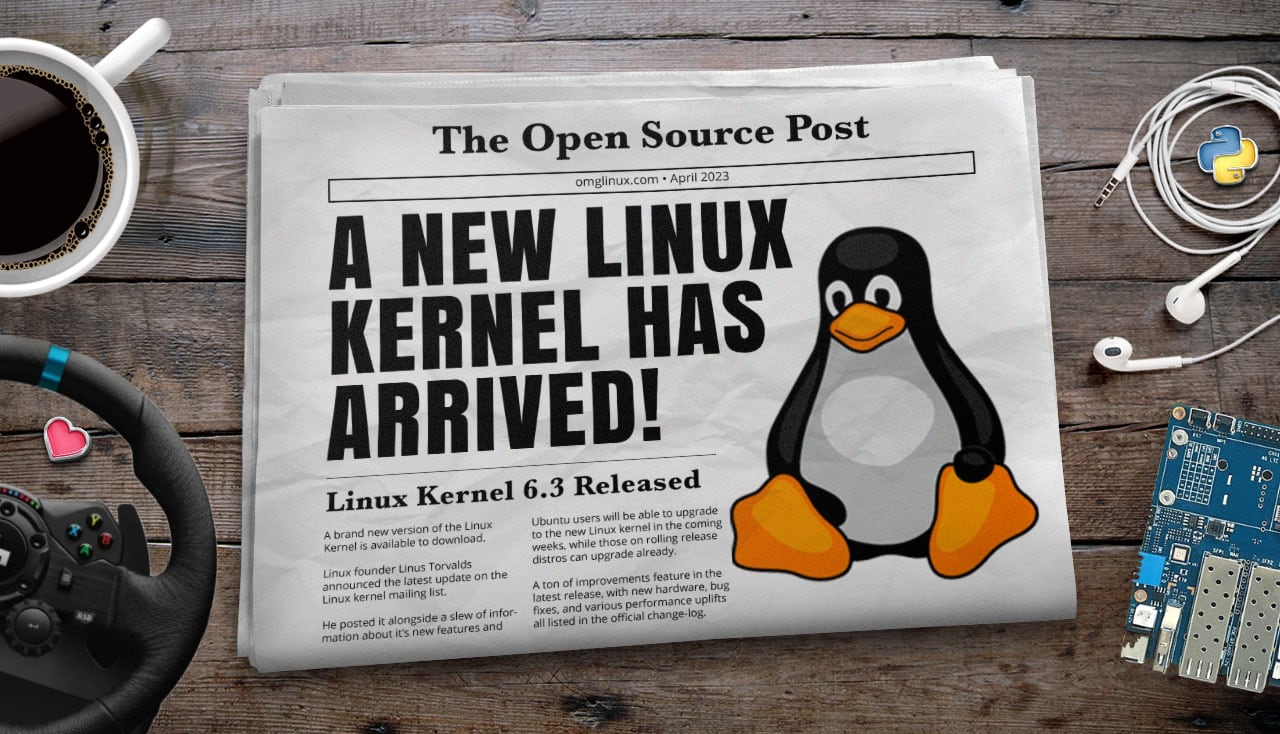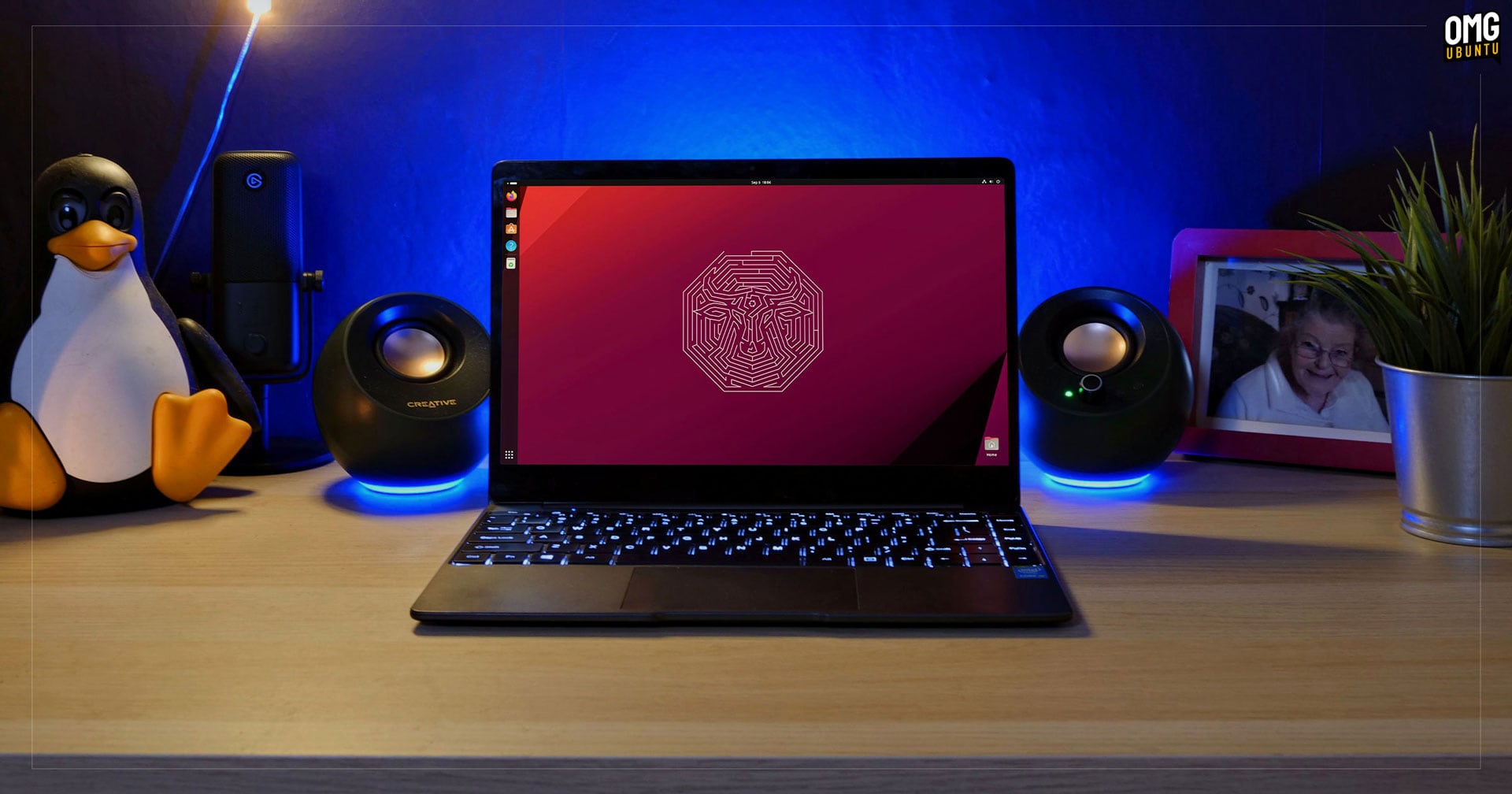A new version of the Linux kernel is out with an assortment of hardware, performance, and security improvements.
Announcing the release of Linux 6.3 over on the Linux kernel mailing list (LKML) Linus Torvalds remarked “…here we are, right on schedule, with the 6.3 release out and ready for your enjoyment”.
So what’s new?
Let’s take a breezy whip through the new n’ notable.
Linux 6.3: New Features
As you’d expect Linux kernel 6.3 features a ton of enablement and support for upcoming and yet-to-be-released CPUs and graphics hardware from Intel and AMD. As exciting (and necessary) as these are they’re a bit hard to feel hype for when, y’know, few people will benefit right away.
One notable AMD-related change in Linux 6.2 is support for AMD’s automatic IBRS feature Spectre mitigation that comes with less of a performance hit than the retpoline speculative execution previously used.
Elsewhere in architecture land there are new power management drivers for ARM and RISC-V, with the later also gaining support for accelerated string functions by way of the Zbb bit manipulation extension, and the former now supporting scalable matrix extension 2 instructions.
In filesystems, the NFS filesystem (both the client and server sides) now supports AES-SHA2-based encryption; optimisations to EXT4 direct I/O performance; low-latency decompression for EROFS, and a faster Brtfs file-system driver.
Hardware support brings in a native Steam Deck controller interface in HID, allows the Logitech G923 Xbox edition racing wheel to work on Linux, improves the behaviour of 8BitDo Pro 2 wired controllers, and adds sensor monitoring for an array of ASUS Ryzen motherboards.
Other highlights:
- User-mode Linux supports Rust code
- Realtek RTL8188EU Wi-Fi adapter
- Support for Qualcomm Wi-Fi 7 wireless chipset
- Ethernet support for NVIDIA BlueField 3 DPU
- Multi-path TCP can handle mixed flows using IPv4 and IPv6
- New hardware noise tool
- KVM support for Hyper-V extended hypercalls
Finally, a slew of single-board devices pick up updated drivers, including the BannaPi R3 and BPI-M2 Pro as well the Orange Pi R1 Plus (oft mentioned as a solid Raspberry Pi 4 alternative). Additionally, more than 150,000 lines of code to support (ancient and unused) ARM boards has been removed.
As aways, you can refer to LWN’s exhaustive merge window roundups for more details (and sometimes links to further information about what specific changes mean) in part 1 here and part 2 here, as well as Phoronix’s feature roundup.
Getting Linux 6.3
You can download Linux kernel 6.3 from the kernel.org website, but you’ll have to compile it by hand to actually do anything with it. Not keen? Me other – thankfullu others are willing to do the hard work for us!
Users of rolling-release distros can expect to get this kernel as an update in the near future, while some fixed-release distros, like Pop!_OS, will also package this version up and make it available to their users via the usual software update channels.
Ubuntu users desperate for this update will need to debate installing Canonical’s mainline builds. Though produced by Ubuntu developers, these mainline builds come with no support, testing, or performance assurances. Use them at your own risk.





